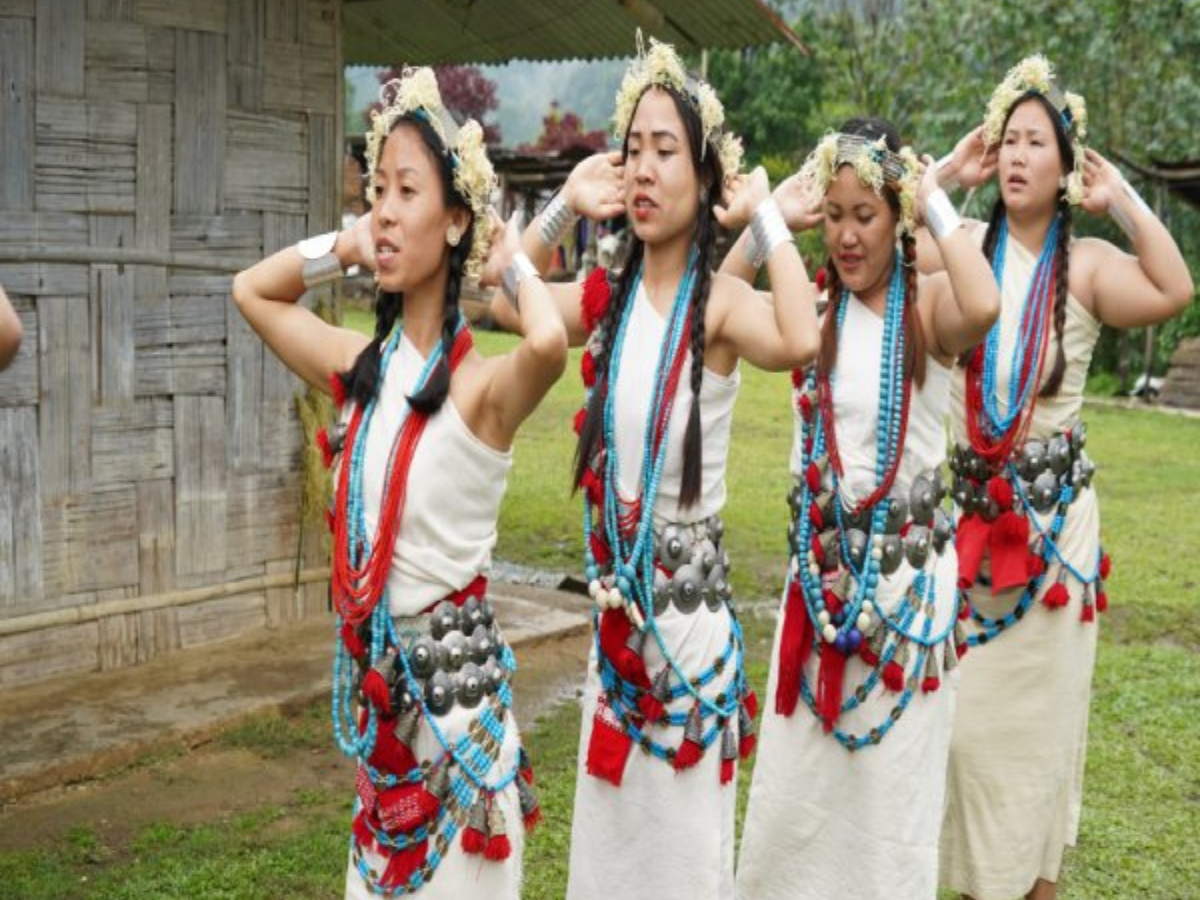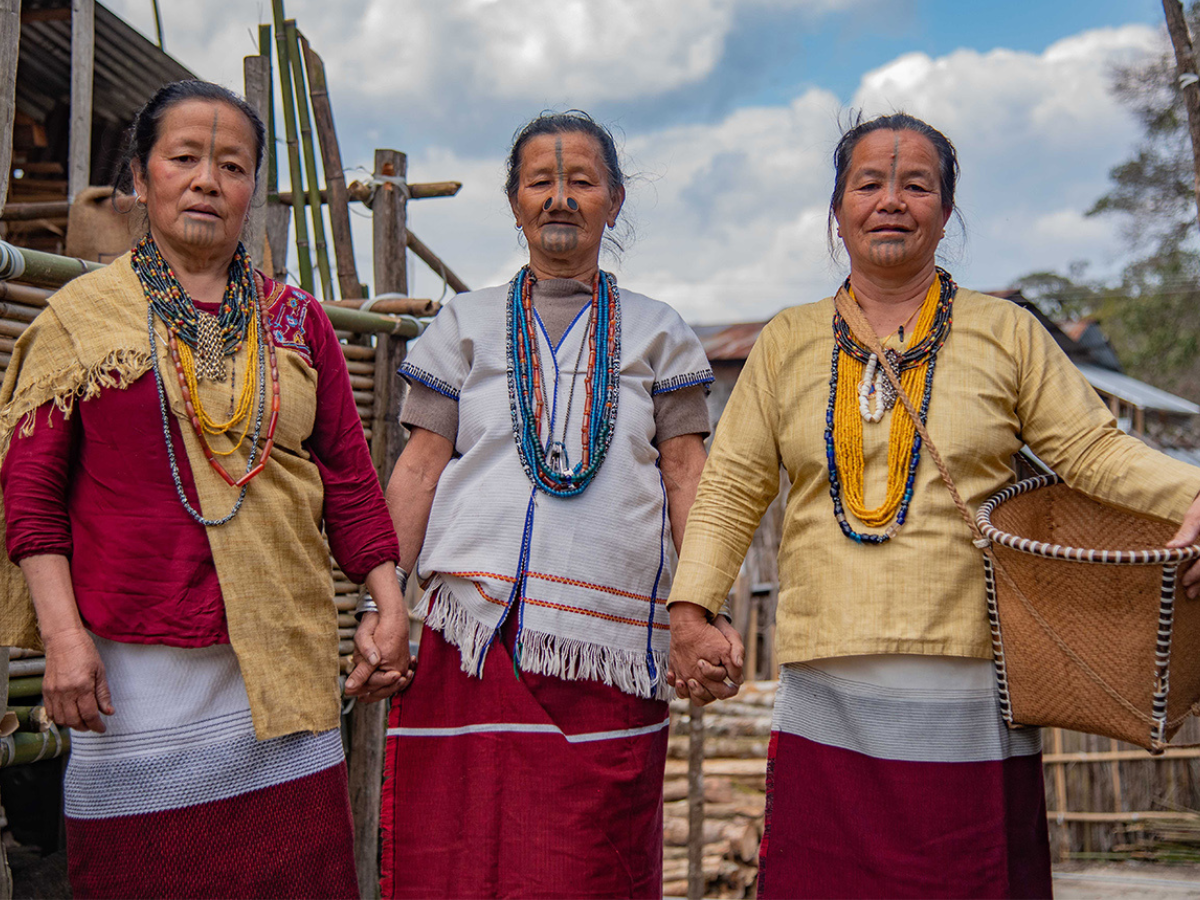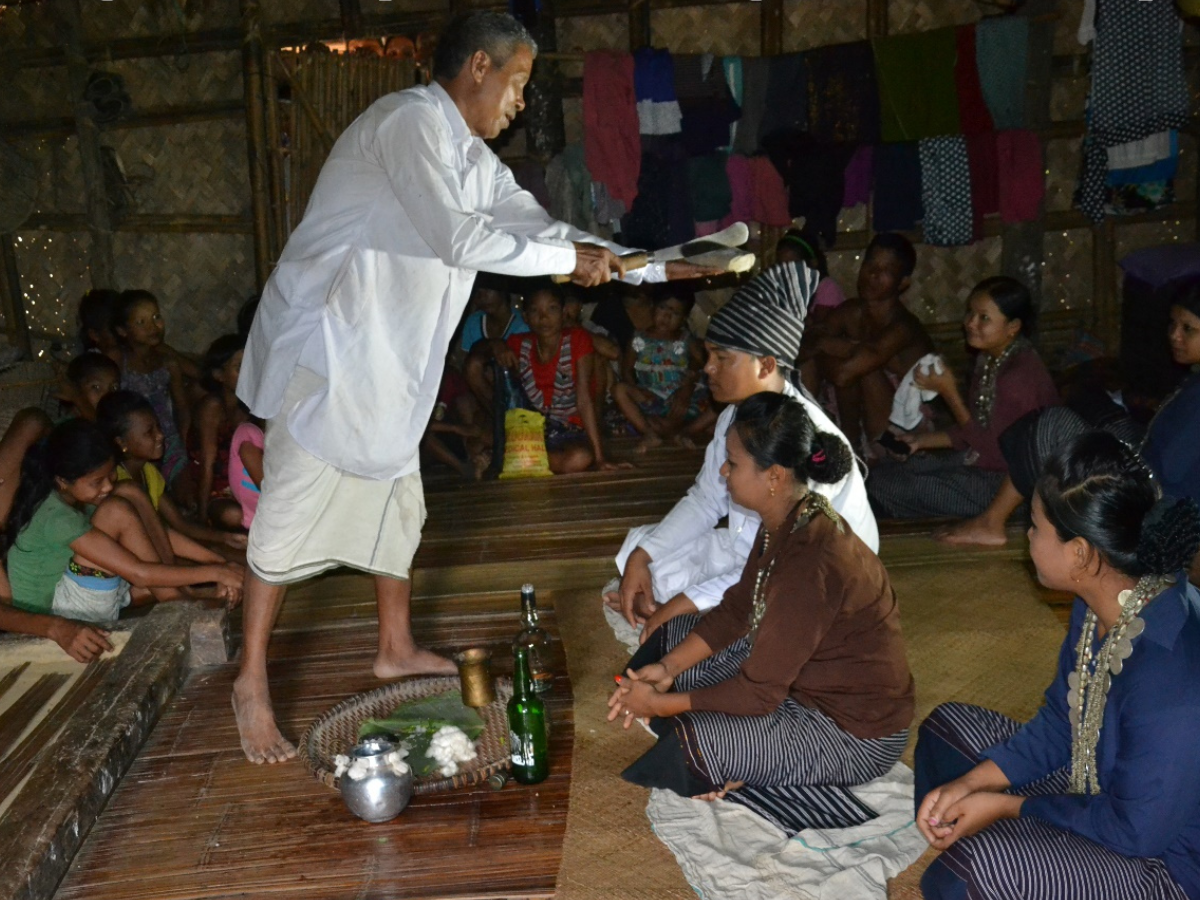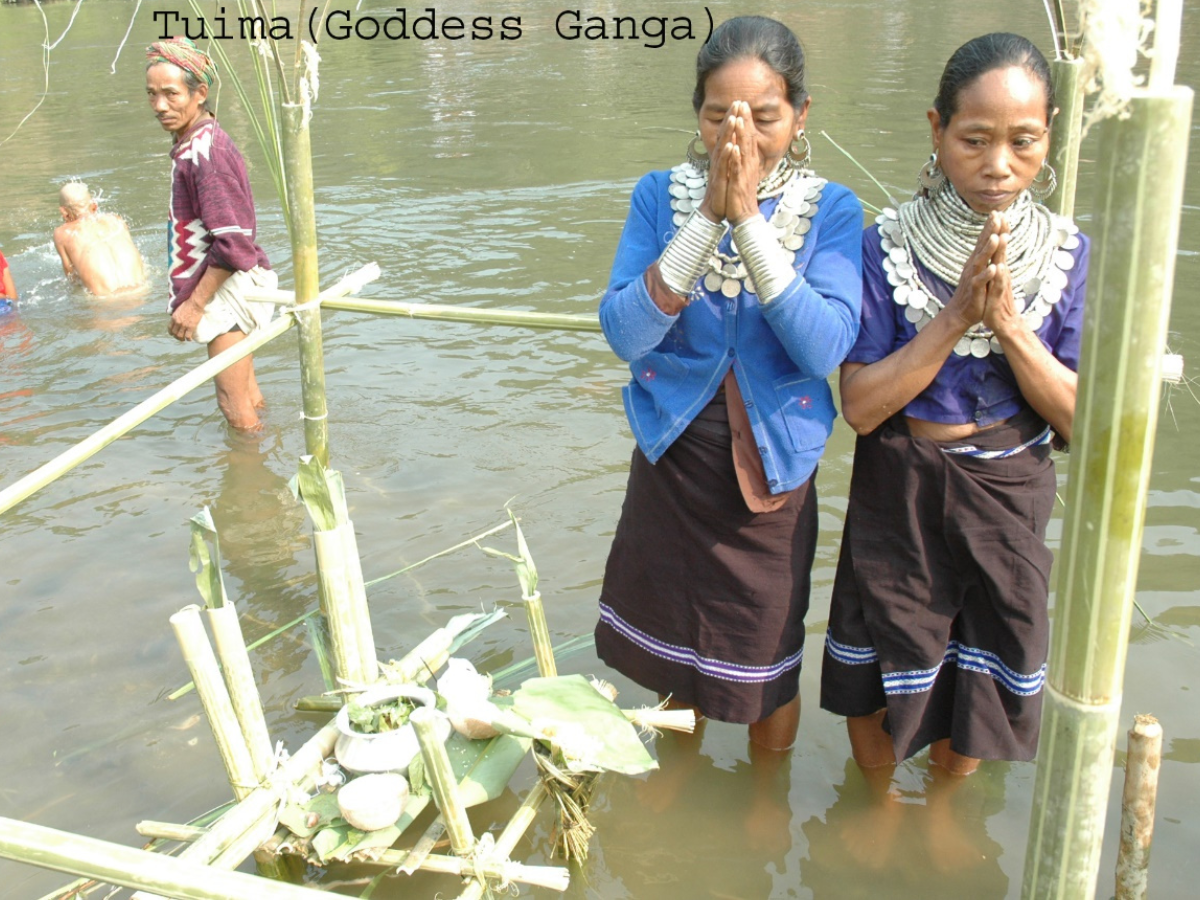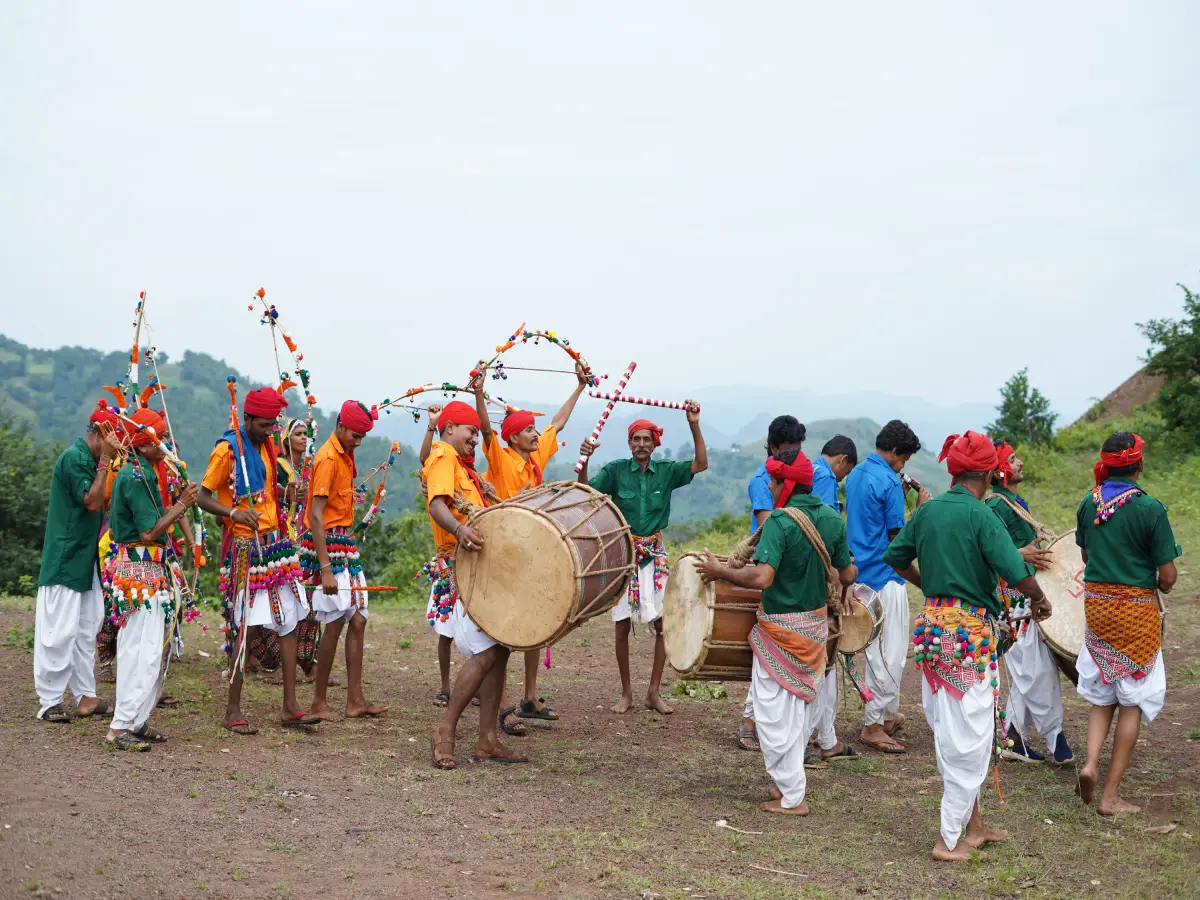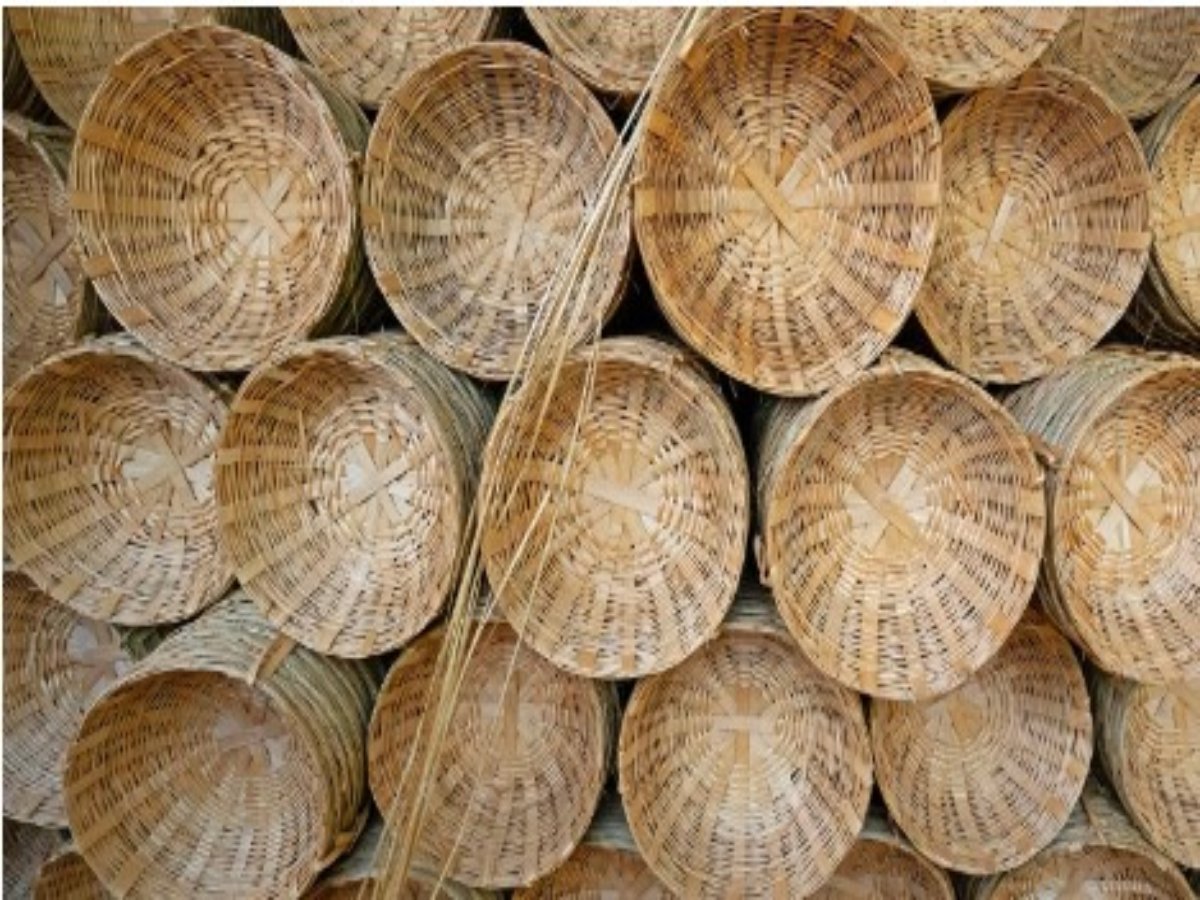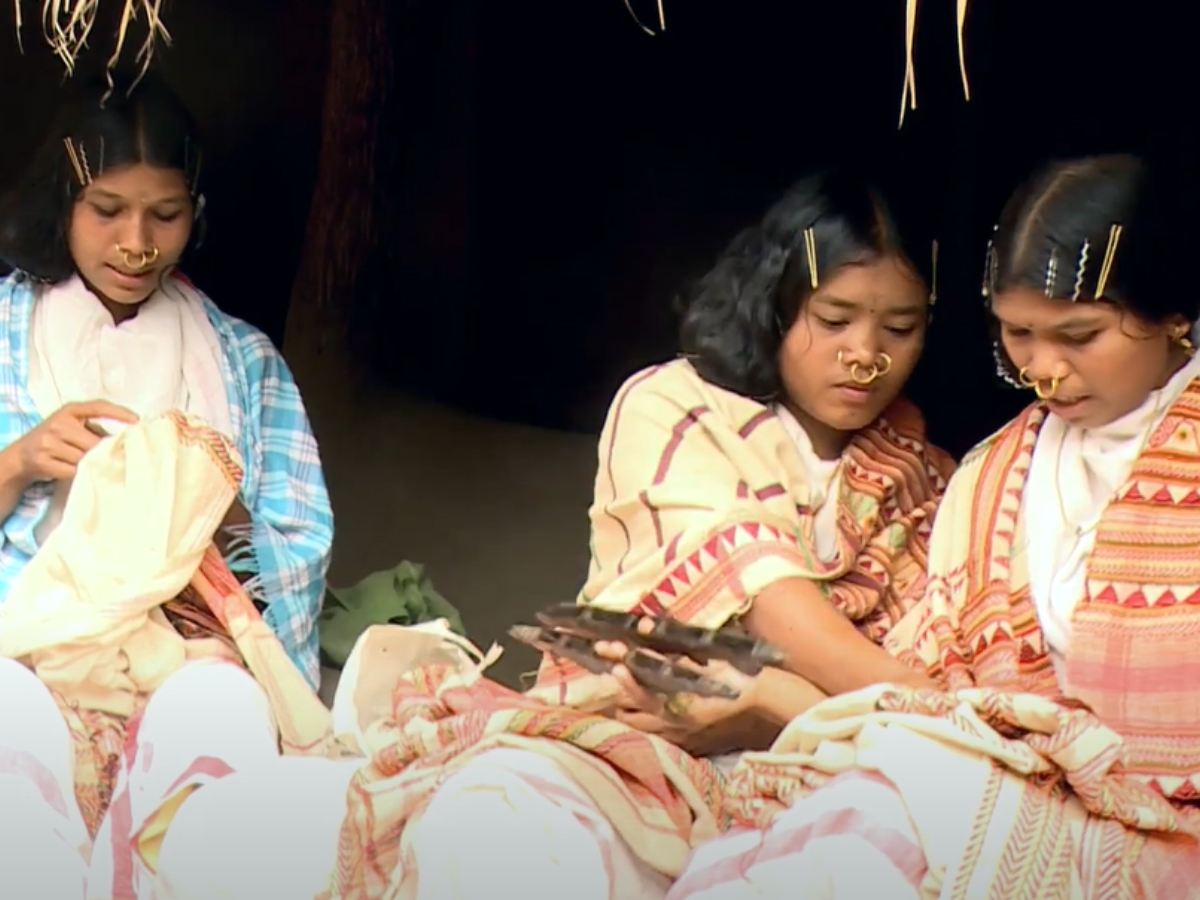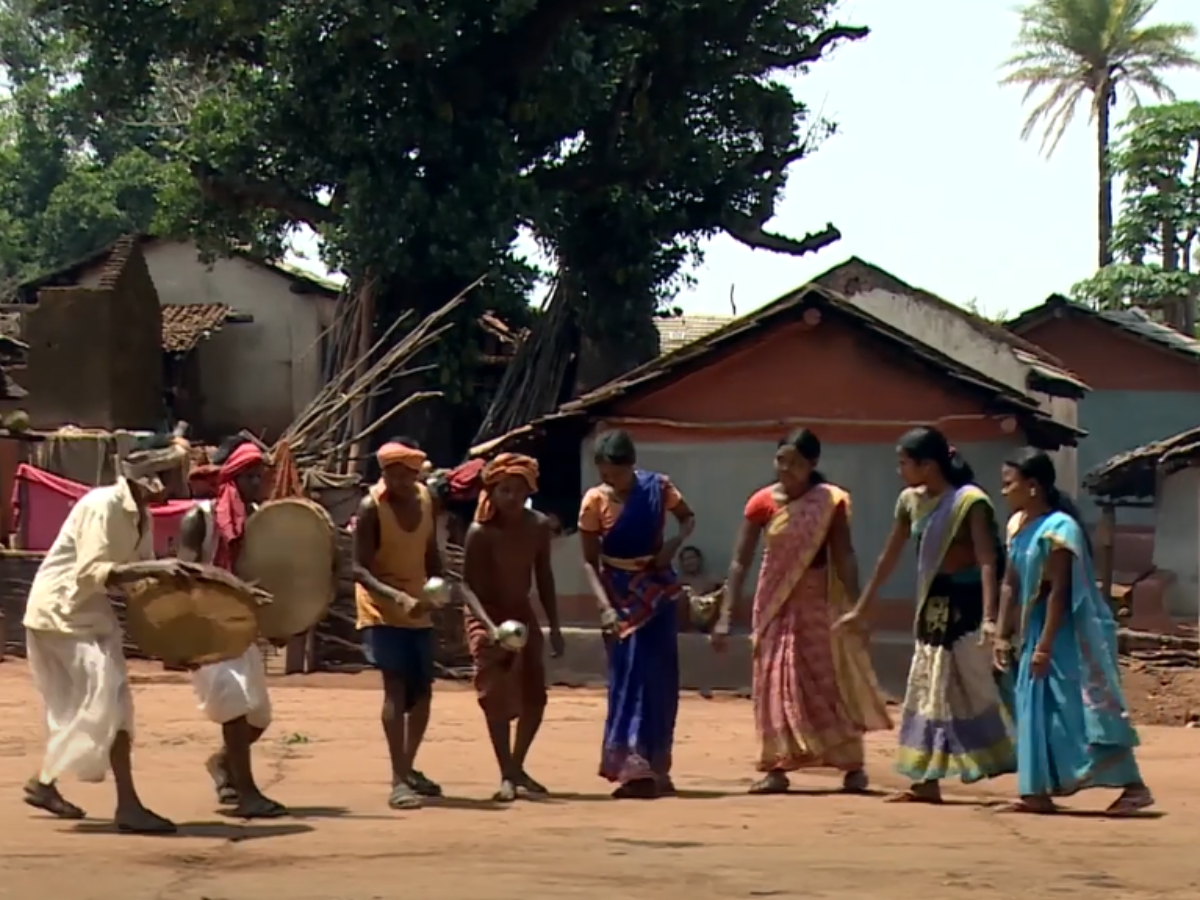Nyishi tribe’s Communitarian Life
The Nyishi people of Arunachal Pradesh, meaning "highland people." The name Nyishi comes from the words 'nyi' (man) and 'shi' (mountain). The Nyishis are thought to be descendants of their legendary ancestor Abhu Thanyi, a Yunnan Province native of China. Although a…


